Olek’s EuroVelo Insider Tips: Cycling through the Rhine delta
We all know that the Netherlands is famous for its cycling culture, and that becomes obvious on the Rhine Cycle Route as well. The Dutch part of the route is characterised by good infrastructure, an interesting mix of landscapes, varied historical and natural attractions and an abundance of services. The defined itinerary makes use of the country’s well-developed network of local cycle routes and leads through many beautiful Dutch towns.
Similarly, there is maybe no other country in the world that has become so professional in living in harmony with wetlands and rivers. The Rhine Cycle Route meanders through the Netherlands just like the Rhine and crosses the water many times. Here are my recommendations for a fascinating trip along the Dutch part of EuroVelo 15:
- Just before entering Arnhem, you will meet Rijnwaalpad – one of the oldest and best developed cycle highways, connecting Arnhem and Nijmegen. Engineers from all over the world come here to learn how to build a fast cycle route with (almost) no interruptions. Major roads are crossed by bridges or tunnels, and on minor streets crossings were reconstructed to give priority to cyclists. If you cycle all the 18 km to Nijmegen, you will end up on a 2-km long Snelbinder, the largest cycling bridge in the Netherlands.
- Between Wijk bij Duurstede and Gorinchem, you will pass Betuwe – the fruit garden of the Netherlands. Visit in the spring to see the cherries blossom. Or later in the year, when stalls appear along the route offering fresh fruits and fruit products from the local farmers.
- The Dutch part of the route makes use of many ferries. Most of them are very reliable and frequent, but the tiny Pontje Steur connecting Werkendam and De Biesbosch has somewhat limited times of operation. If you cycle this stretch outside the summer or in the evening, plan an alternative route, using the node network (e.g. starting from node 23 – 30 – 22 – 10 – 29 – 13).
- In Kop van ‘t Land, turn left just after leaving the ferry to find a beautifully located vegetarian restaurant and a vegetarian café just next to it. You can even find a vegetarian version of traditional Dutch bitterballen here!
- To experience some extraordinary cycling infrastructure, explore the underwater cycling tunnels of Rotterdam. The entrance to Maastunnel is just on the route in Het Park; to visit Beneluxtunnel, turn to LF12 near Vlaardingen Oost station.
- After you arrive to Hoek van Holland, you can continue your adventure on very good and scenic cycle routes along the North Sea coast. You can either continue north, to Den Haag and Amsterdam, or south, through Zeeland to Belgium. On the ferry from Hoek van Holland to Europoort, you have a chance to spot seals on the island on the right side.
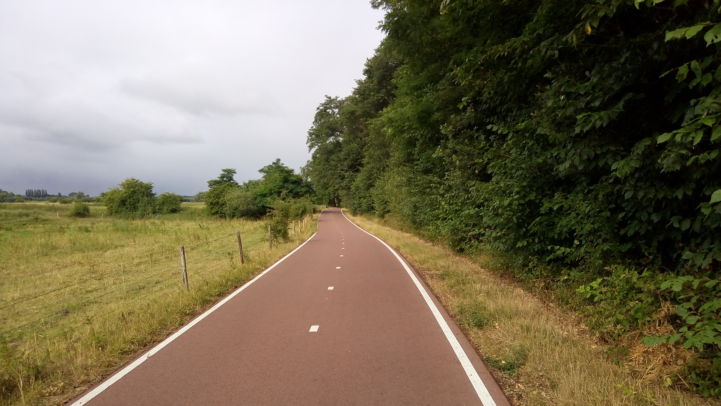
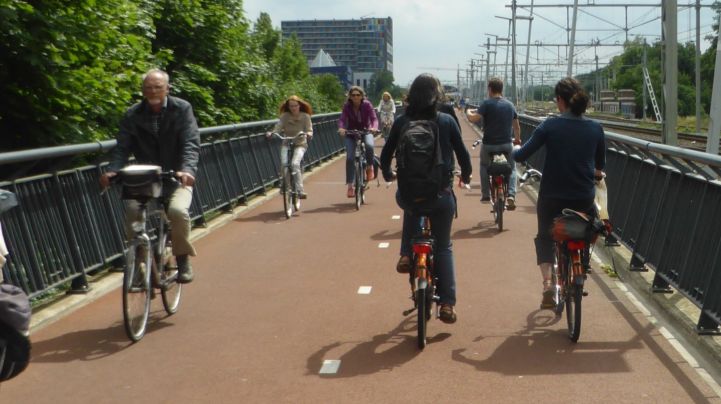
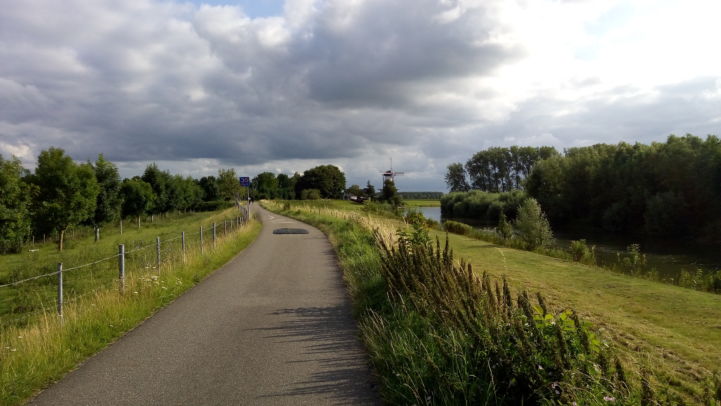
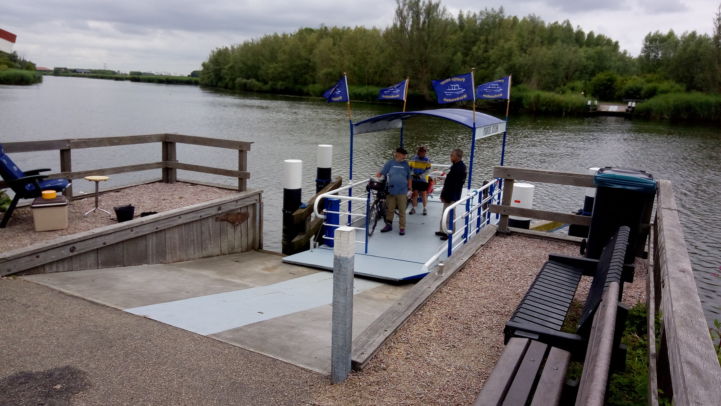
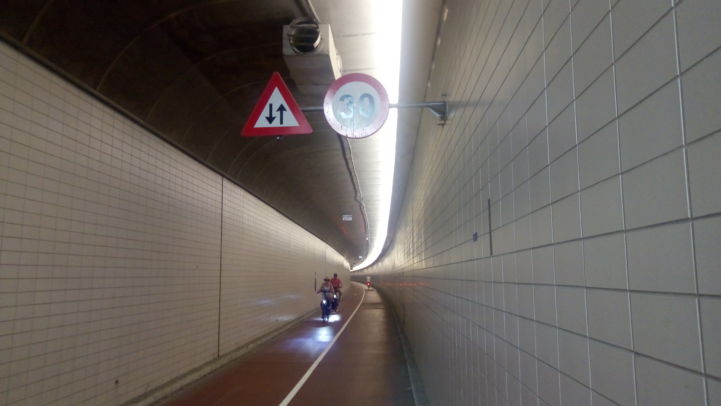
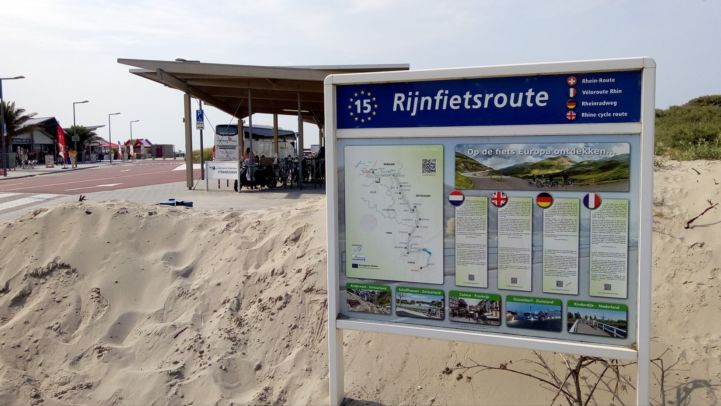
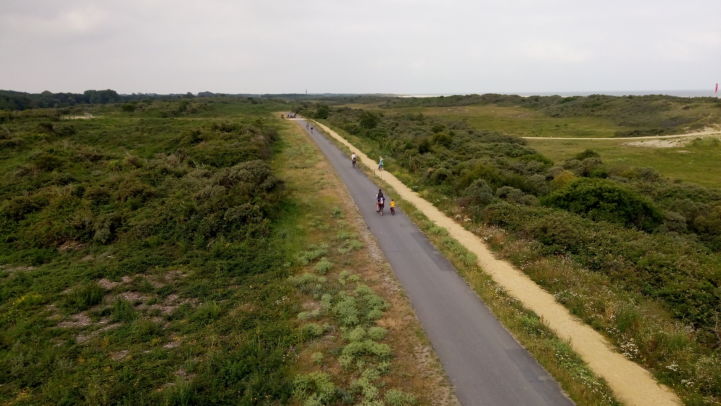
Please also read about the Rhine Cycle Route experiences of my colleagues Florence and Ernst in Switzerland, France, and North Rhine-Westphalia, Germany.
Author(s): Aleksander Buczyński